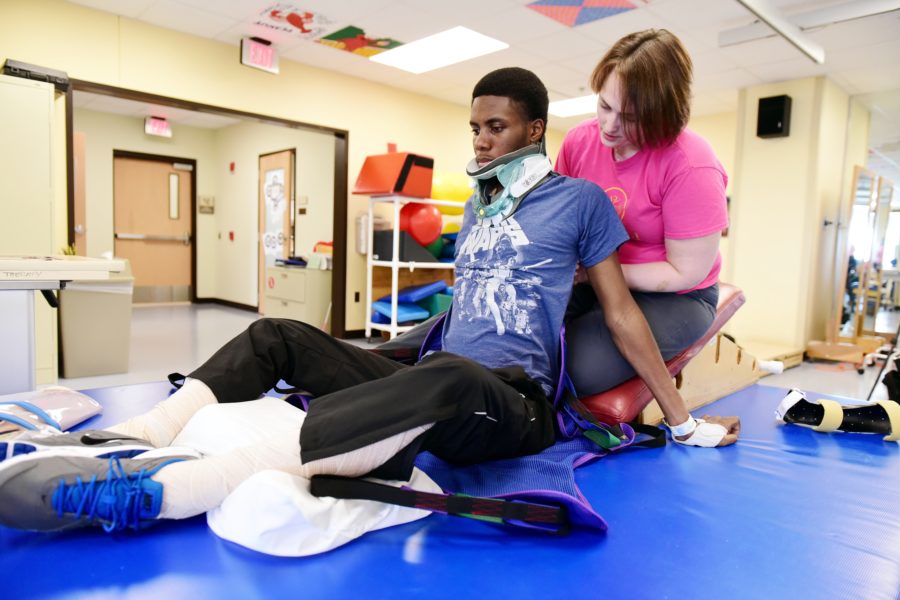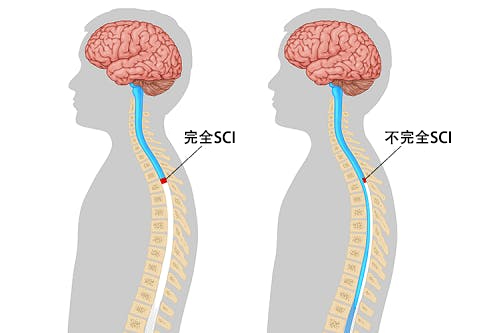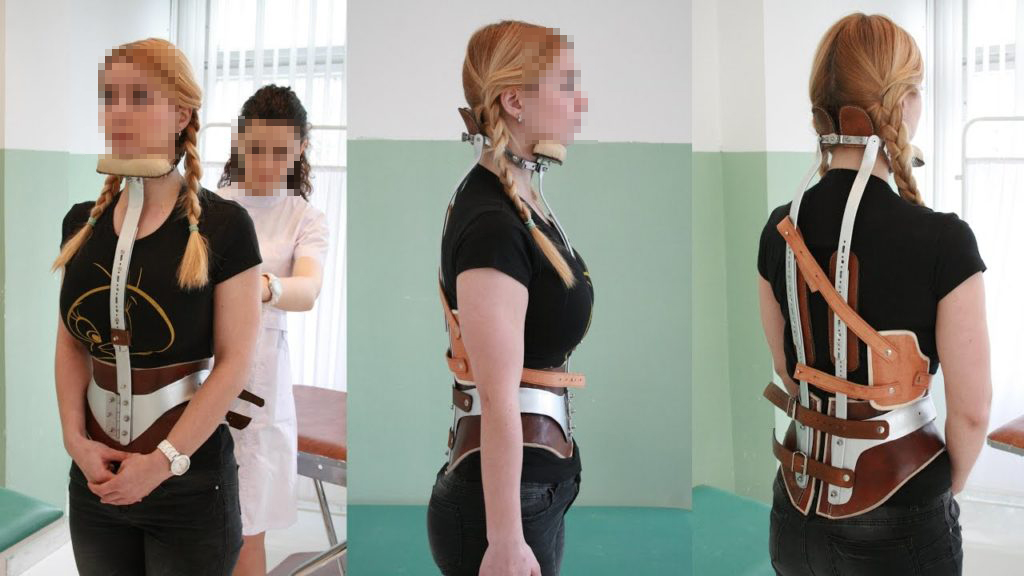News Center |

Spinal cord injury is one of the main objects of rehabilitation medicine, which often leads to severe disability and lasts for life. The most common cause of spinal cord injury is caused by closed blunt trauma, usually related to a fracture or dislocation of the spine. About 20% of patients with spinal fractures experience some degree of nerve damage. Spinal cord injury itself rarely results in complete dissection of the spinal cord, but neurophysiological function can be completely disrupted, resulting in loss of sensory and motor functions.
Classification of spinal cord functional impairment:
A Complete lesion with no sensory or motor function in the sacral segment.
B incomplete lesion, including the sacral segment below the nerve plane (S4-5) with sensory function but no motor function.
C incomplete injury, motor function below nerve level, most key muscle strength < grade 3.
D incomplete injury, motor function below the nerve plane, most of the key muscle strength ≧ grade 3.
E normal, normal sensory and motor function, but increased muscle tone.
• Complete injury and incomplete injury;
• Sacral residual;
• Paraplegia and quadriplegia.
• Management of spinal cord injury can be divided into three stages
① First-Aid stage
② Early rehabilitation stage
③ The later stage of rehabilitation

For patients suspected of spinal cord injury, neck orthotics, such as waist circumference, spine and limb fixations, should be used during emergency treatment to keep the patient in a supine position to avoid secondary spinal cord injury during transport.
• In early treatment, patients with cervical spinal cord injury are often treated with Halo cervix orthosis traction and fixation for early cervical spine internal fixation. After spinal cord injury surgery, orthosis is often selected according to the stability of spinal cord injury site.
• The main purpose of the use of orthoses in the rehabilitation phase of spinal cord injury treatment is to improve the patient's ability to take care of themselves in daily life, improve quality of life, and reduce the burden on family and society. In the whole process of comprehensive rehabilitation treatment for patients with spinal cord injury, in addition to the adjustment of psychological state and functional training, the selection of suitable orthopaedic devices and technical AIDS and appliances for the disabled, the full use of modern rehabilitation engineering technology, and the improvement of independent living ability are crucial links to help patients return to family and society.

Factors to consider when installing orthosis:
A. Plane of motion damage: complete or incomplete damage
B. The ability to stimulate movement
C. Degree of muscle spasm
D. Body weight, upper limbs
E. Upper limb muscle strength and patient's body shape
F. Age and general health

Cervical spinal injury
Namely the patient of quadriplegia, can choose a few upper limb orthosis according to the circumstance of upper limb paralysis.
(1) Early disease of palmar wrist fixed hand orthosis;
(2) During the recovery period, it is used for part of the day to prevent wrist flexion and flexion deformity.
(3) Contralateral orthotic device controlled by contralateral palm and wrist;
④ Keep the functional position of the hand/improve the palm function of the hand.
The auxiliary device with the holding device can improve the independent living ability.
Orthosis prescription for spinal cord injury at different levels
Three damage to neck
Features: unable to breathe autonomously (paralysis of diaphragm and intercostal muscles), unable to move limbs and trunk except head, unable to take care of themselves in daily life. This applies to:
A. breathing machine
B. High-back wheelchairs have accessories and devices with various sitting retentions to keep the head, torso and limbs in a stable and proper position.
Copyright © 2015 USA-YOBAND. All Rights Reserved 沪ICP备09003269号